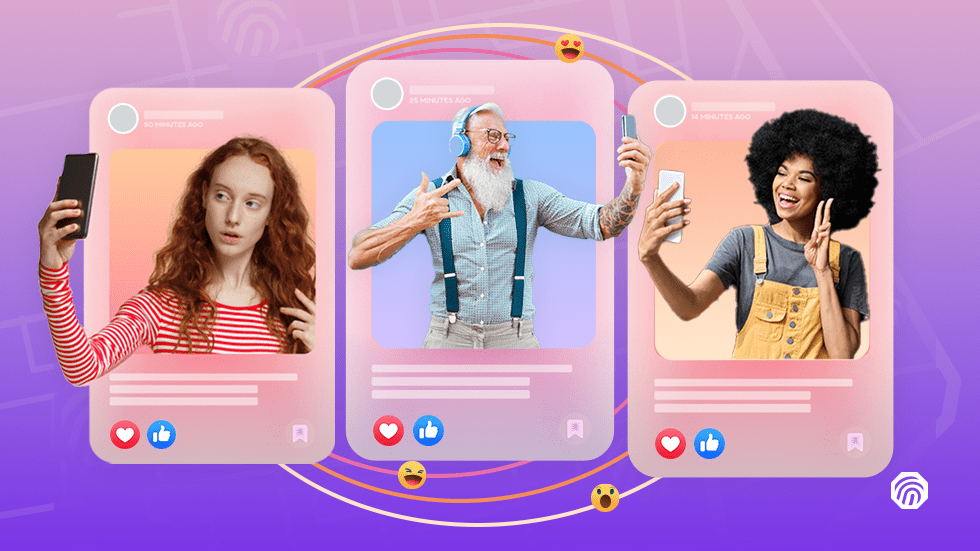Potential of Micro-Influencers in Digital Marketing
In recent years, the landscape of influencer marketing has evolved, with brands increasingly turning to micro-influencers to promote their products and services. In this blog, we'll explore the rising trend of micro-influencers, their unique advantages, and how businesses can effectively leverage their potential in digital marketing campaigns.
Defining Micro-Influencers: Begin by defining what micro-influencers are and how they differ from traditional influencers. Micro-influencers typically have smaller but highly engaged audiences within specific niches, making them valuable partners for brands seeking authentic connections with their target demographics.
The Power of Authenticity: Explore the concept of authenticity and why it's crucial in influencer marketing. Discuss how micro-influencers often have closer relationships with their followers, leading to higher levels of trust and engagement compared to macro-influencers or celebrities.
Targeted Reach and Niche Audiences: Highlight the benefits of working with micro-influencers who have a deep understanding of their niche markets. Discuss how their niche expertise allows brands to reach highly targeted audiences and generate more meaningful interactions and conversions.
Cost-Effectiveness and ROI: Discuss how micro-influencer collaborations can be more cost-effective than partnering with macro-influencers or celebrities. Explore the potential for higher return on investment (ROI) when working with micro-influencers, especially for brands with limited budgets.
Building Genuine Relationships: Emphasize the importance of building genuine relationships with micro-influencers based on mutual respect and shared values. Provide tips for identifying and vetting micro-influencers who align with your brand's mission, values, and target audience.
Creative Collaboration Opportunities: Explore the various collaboration opportunities brands can pursue with micro-influencers, such as sponsored content, product reviews, giveaways, and brand ambassador programs. Discuss how these collaborations can drive engagement, brand awareness, and sales.
Measuring Success and Performance: Discuss key performance indicators (KPIs) and metrics for measuring the success of micro-influencer campaigns, such as engagement rates, reach, clicks, conversions, and brand sentiment. Explore tools and methodologies for tracking and analyzing campaign performance.
Conclusion:
In conclusion, micro-influencers offer a valuable opportunity for brands to connect with niche audiences authentically and cost-effectively. By leveraging the power of micro-influencers in digital marketing campaigns, brands can build genuine relationships, drive engagement, and achieve their marketing objectives with greater efficiency and effectiveness. This blog aims to provide insights and strategies for businesses looking to harness the potential of micro-influencers in their digital marketing efforts.

Comments
Post a Comment